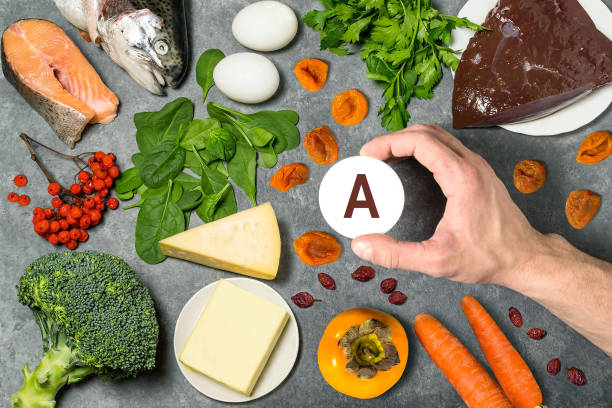
What are discretionary food choices?
Some foods and beverages do not fall into the five main food groups. They are not essential for a healthy lifestyle and have too much saturated fat, sugars, or salt added. Some of these foods and beverages can be high in energy (kilojoules). They tend to be low in essential nutrients and are therefore often called ‘nutrient poor’ but high-energy-dense foods. They can replace other, more nutritious foods. The higher kilojoules and saturated fats, sugars, and salt or alcohol they contain are also associated with an increased risk of obesity and chronic diseases such as type 2 diabetes and heart disease.
Many people consume too much of these foods or drinks. You will not be able to fit these foods into your lower-calorie target if you’re trying to lose weight. For people who are within their normal weight ranges, these foods can be consumed in small quantities, on occasion, to add some variety and enjoyment. These ‘discretionary’ choices are often referred to as ‘optional foods and beverages.’
“Discretionary” foods and beverages include sweet biscuits and cakes, sweetened condensed or sweetened milk, ice cream, and other ice confections.
What is a serving of discretionary food?
A’serve of discretionary food’ is 600kJ. You can use the Nutrition Information Panel to calculate how much of an individual discretionary food is equal to one “serve”.
.”portion of these foods, which provides approximately 600 kJ, is:
- Regular ice cream, two stops (75g).
- 1/4 cup of condensed milk
- Salami, Mettwurst, 50-60g (about 2 slices).
- Sausages with higher salt/fat content, 1 1/2 inch thick or 2 inches thin
- 30g Salty Crackers (a small sinsingle-servecket).
- 2-3 sweet biscuits
- 1 (40g) doughnut
- One slice of plain cake (40g) or a small cake-type cupcake
- 40g Sugar conconfectionerypproximately 5-6 small lollies).
- 60g jam/honey (about one tablespoon)
- Chocolate bar, 25 g.
- Cream, two tablespoons (40g)
- Butter or margarine hard, one tablespoon (20g).
- The wine is 200 ml (2 glasses) (note that this is usually the case for most Australian wines).
- 60 mL Spirits (2 standard drinks).
- 600 mL light beer (1 1/2 standard drinks)
- 400 mL regular beer (1 1/2 standard drinks)
- Soft drink in a can (375mL).
- 1/3 (60 g) commercial meat pie or pastie
- Hot chips (60g)
What role do discretionary food items play in a healthy diet plan?
Some people need extra servings, such as those who are taller or more active. These can include extra servings of discretionary food. These extra serves should come from the five main food groups. This includes wholegrain cereals and vegetables, including beans/legumes, as well as fruit. They can sometimes also include discretionary food.
You are more likely to achieve your weight loss goals if you limit discretionary foods. These are high in calories but low in essential nutrition.
You can reduce the amount of discretionary food by substituting it with foods from the five main food groups: p, eating your meals out, eating more mindfully, and limiting portions.

